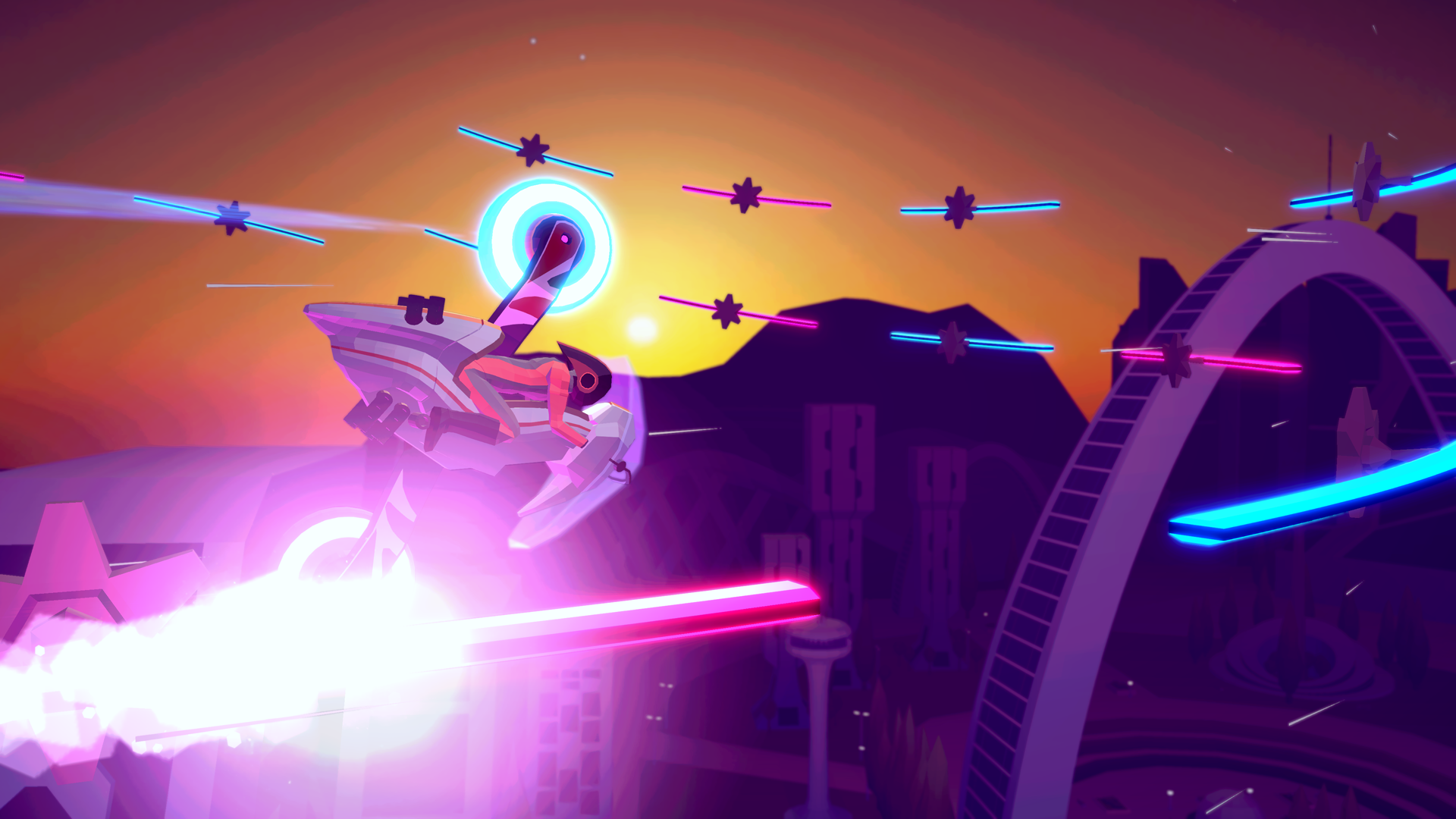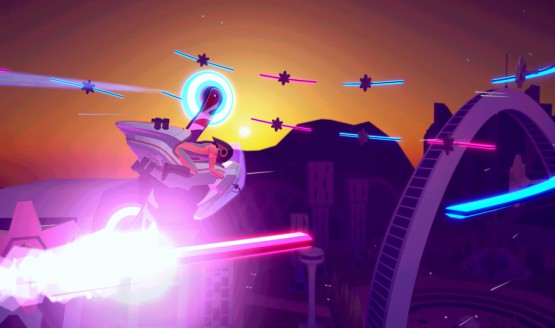FutureGrind is a stunt-racer set in 2076 with deceptively simplistic gameplay that ramps up quickly and leaves you in an enriching trance. At its core, you play as a biker looking to impress current and potential sponsors by taking on each track and its two additional challenges.
There’s an ominous, conspiracy-filled narrative brewing beneath the surface, but its attempts to latch onto the gameplay result in a bit of a wipeout. I’m compelled to know where the story goes for all the wrong reasons. Cliches and uninspired plot twists may mar the experience, but it’s worth tolerating for the satisfaction of quickly jumping between rails while planning your next move. Thrills come from success and failure alike.
Flipping the Script
The first few minutes of FutureGrind make the game seem like a one trick pony: easy jumps and a rudimentary balancing act over the course of a 20- or 30-second track. Even the first few challenges are complete cakewalks (unlike what awaits in track three which is, oddly enough, named cakewalk). Sure, you could add in some fun and flash by performing superfluous tricks just to run up the score, but FutureGrind is at its best when the level design demands some style rather than a series of manual grind tricks (i.e. simply riding on top of a rail).
Fortunately for players, the vast majority of the tracks force you to rise to the occasion and pull some seriously impressive stunts. With several rows of rails sprinkled throughout each course, there are plenty of ways to make it to the finish line. You’ll need to think fast and get creative; therein lies the fun.
While just “surviving” (aka completing) the tracks is fairly manageable, the mandatory challenges will cause plenty of crashes, but you’ll be a better biker as a result. Some examples of these include hitting all the jump orbs placed on a track and executing a certain number of transfers, which means going from one rail to another without jumping. A few challenges are based on executing a specific move a certain number of times but other challenges add something new to the track, keeping things fresh.
Biking in Color
FutureGrind features five different bikes, each with their own distinct characteristics related to speed, jumps, wheel color, and overall handling. Color plays a key role in the game as your bike wheels need to match the color of the rail they are touching. White rails are fair game for any color wheel, but touching a white rail will reset your multiplier, which essentially counts how many tricks you perform consecutively. For certain challenges, the white rail will need to be avoided, so that safety net isn’t always there.
Due to this design, each course requires a specific bike. However, not being able to choose your favorite bike doesn’t matter much. The courses are brilliantly crafted for the vehicle they require, so after some trial and error, you’ll race through each track seamlessly.
Unlike other arcade style racing games where vehicles seem purposefully designed with a specific flaw, the bikes are designed with different functions in mind. For instance, the Xero allows for three shorter jumps and features two different wheel colors. It cannot fall over, but that also means it lacks angular movement. Meanwhile, the Left Coast bike has two regular jumps, different wheel colors, and can tilt. Neither bike is directly better than the other and their differences can create problems or opportunities depending on the circumstance and your style. And since each track is designed for the bike, you won’t ever feel like the bike is holding you back.
The only exception to this is Subverse bike which is designed to be challenging and in that sense “worse.” It has one hazard wheel that cannot touch any rail, ever. The other wheel alternates color after grinding, so it’s a lot to keep track of especially considering how fast these bikes are going.
The Tricks Are Treats
The strategy and quick reaction time FutureGrind requires never ceases to satisfy. I loved constantly flipping my bike around to match wheel to rail. I surprised myself with hail mary recoveries that involved last second jumps or quick rotations. The game involves getting lost in the flow while keeping one eye on what’s up ahead. It’s hard for sure but the quick pace, short tracks, and fast reload times make it an almost meditative experience.
When played well, there’s a real gracefulness to FutureGrind. But even if you find yourself fumbling with last-second backflips, somehow sticking the landing is its own kind of magic.
Off the Rails
Story-wise, sponsors have their eye on you and so does someone else(?). It’s not clear who can be trusted, but you’re contacted by several different sources, each urging you to watch out or help “crash the system.” Gameplay-wise, this sometimes adds a static effect to levels, and a requirement to crash into this glitch cube/shape structure on the track, instead of heading for the finish line. Some of which are unnecessarily hard to locate, sometimes requiring you to purposefully fall off the track in a specific spot.
The entire narrative is delivered via a sort of text message to the player and the occasional message during a course. It makes me feel removed from the story. Similarly, the player character says nothing, is a faceless biker, isn’t customizable, never communicates anything, and makes zero decisions. I don’t care about them or the people messaging me. I don’t feel like anything happening is high stakes, despite messages of concern and urgency popping up as things escalate.
And when the twists are finally over and the credits really roll, I don’t feel a sense of resolution or like everything that came before suddenly makes sense. The whole thing feels like it was added to create depth in FutureGrind, but it just feels there for the sake of being there. I applaud Milkbag Games for a few clear attempts to connect the two, but at the end of the day, I’m not buying this part.
For what it’s worth, the creative choices in terms of storytelling and lack of characterization make sense considering the direction the narrative goes in but the result is still the same. I don’t care about the story and it feels shoehorned in.
It Really Can Be a Grind
As mentioned before, to complete the game players need to “survive” each track and then complete both challenges assigned to the track. It adds plenty of extra gameplay and rigor, but being forced to finish all of them before moving forward is an easy way to get stuck and frustrated.
There are a few you can skip while still unlocking the next track, but it only briefly postpones the inevitable backtracking. Additionally, there are only a few types of challenges in the game, so they’re essentially on a rotation. Over the course of the game, you’ll see the same challenges across different tracks, which gets a bit boring.
Pausing the game lets you access the Accessibility Options, where you can decrease the speed as low as 50% and turn on Safe Wheels, which makes color matching irrelevant, making it almost impossible to fail any track or challenge. Toggle these options on and off as you wish. You can beat the entire game with them on. The only thing it won’t count for is the leaderboard.
Some levels include static interference in an attempt to tie the story into the gameplay. The static adds a bit of cheap difficulty and can be toggled off back in the main menu of the game.
The Accessibility Options are a great way to accommodate players who are looking for an easier experience or just want to cheese their way out of a specific area, but more challenge options or just a lower requirement would’ve gone a long way in terms of decreasing pressure and frustration
Surviving and Thriving
FutureGrind’s story and sounds may not be the most grippin,g but the breadth of what’s offered in terms of bikes, courses, and challenges make up for its other shortcomings. In the end, the quick thinking and creativity it requires make it a ride you won’t want to miss.
FutureGrind review code provided by publisher. Version 1.00 reviewed on a standard PS4. For more information on scoring please see our Review Policy.
-
Smart, challenging course design
-
Over two dozen tracks
-
Each bike types enhances the ride
-
Course challenges truly make you a better player
-
Accessibility options mean you never have to get stuck
-
Narrative is cliche, dull, and feels detached from the gameplay
-
Beating the game requires players to do each course challenge, leaving no player freedom
-
Some interference cubes are overly difficult to find/reach
FutureGrind Review Jan 2019
-
FutureGrind Review Jan 2019 #1
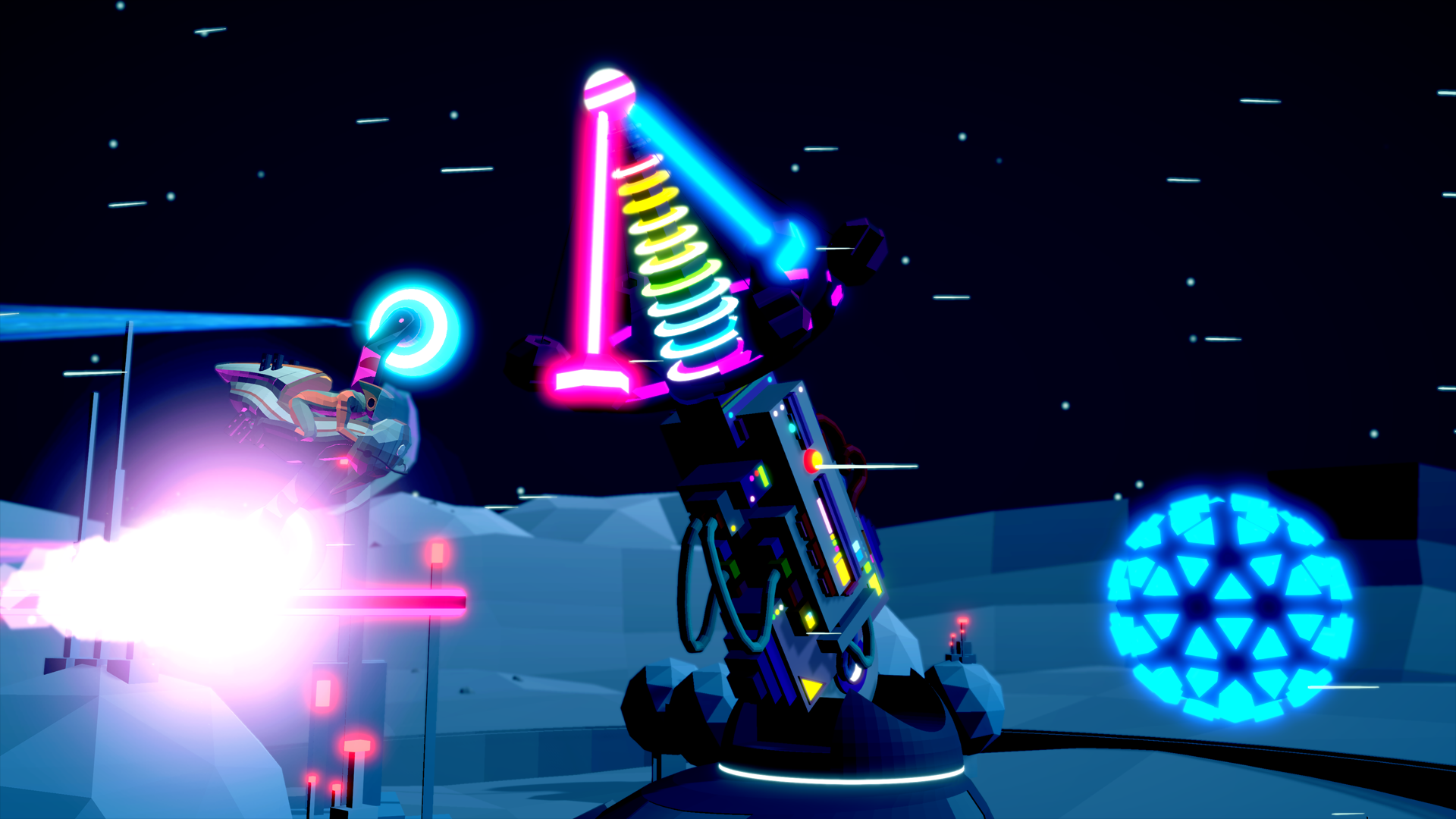
-
FutureGrind Review Jan 2019 #2
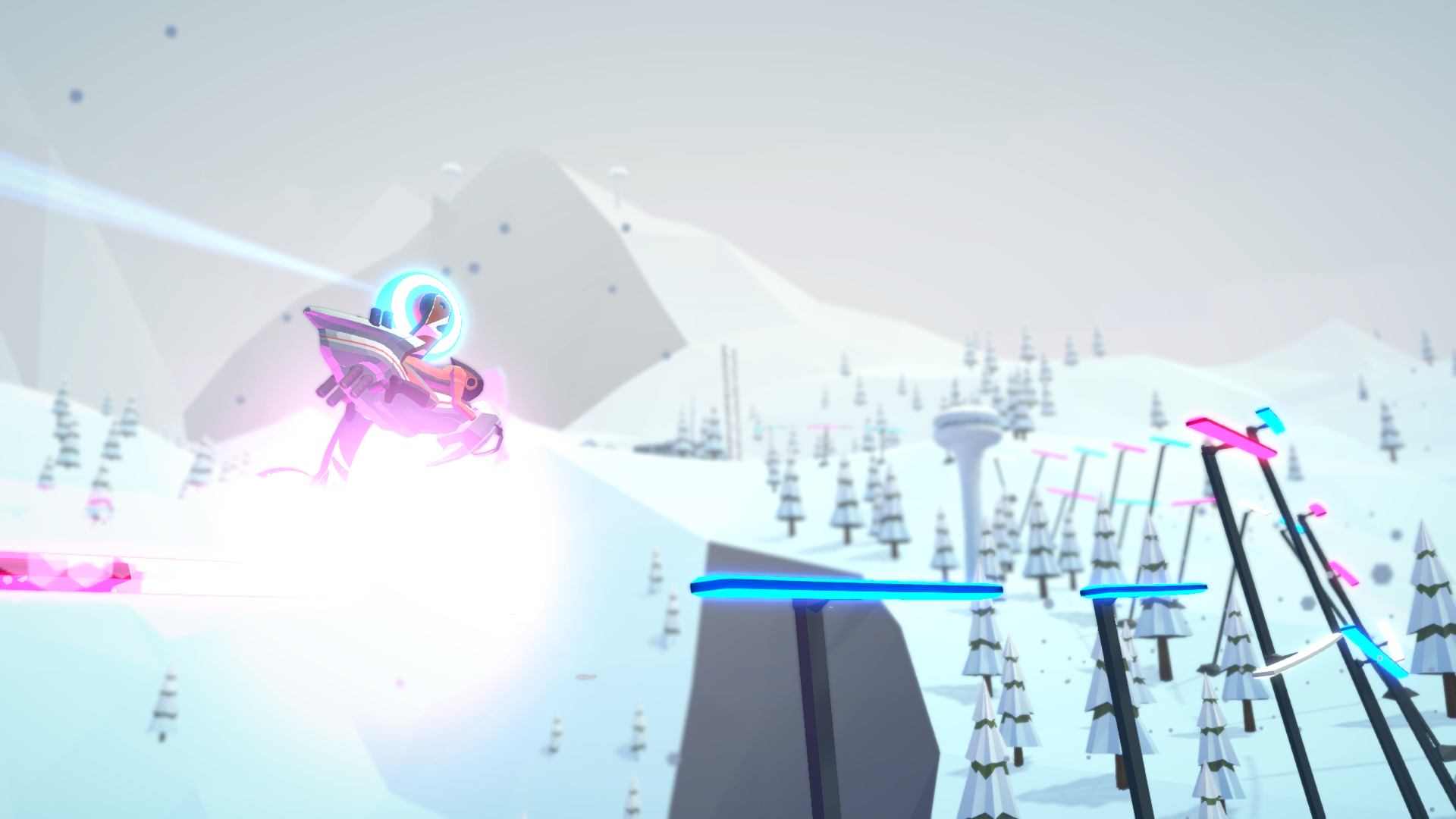
-
FutureGrind Review Jan 2019 #3
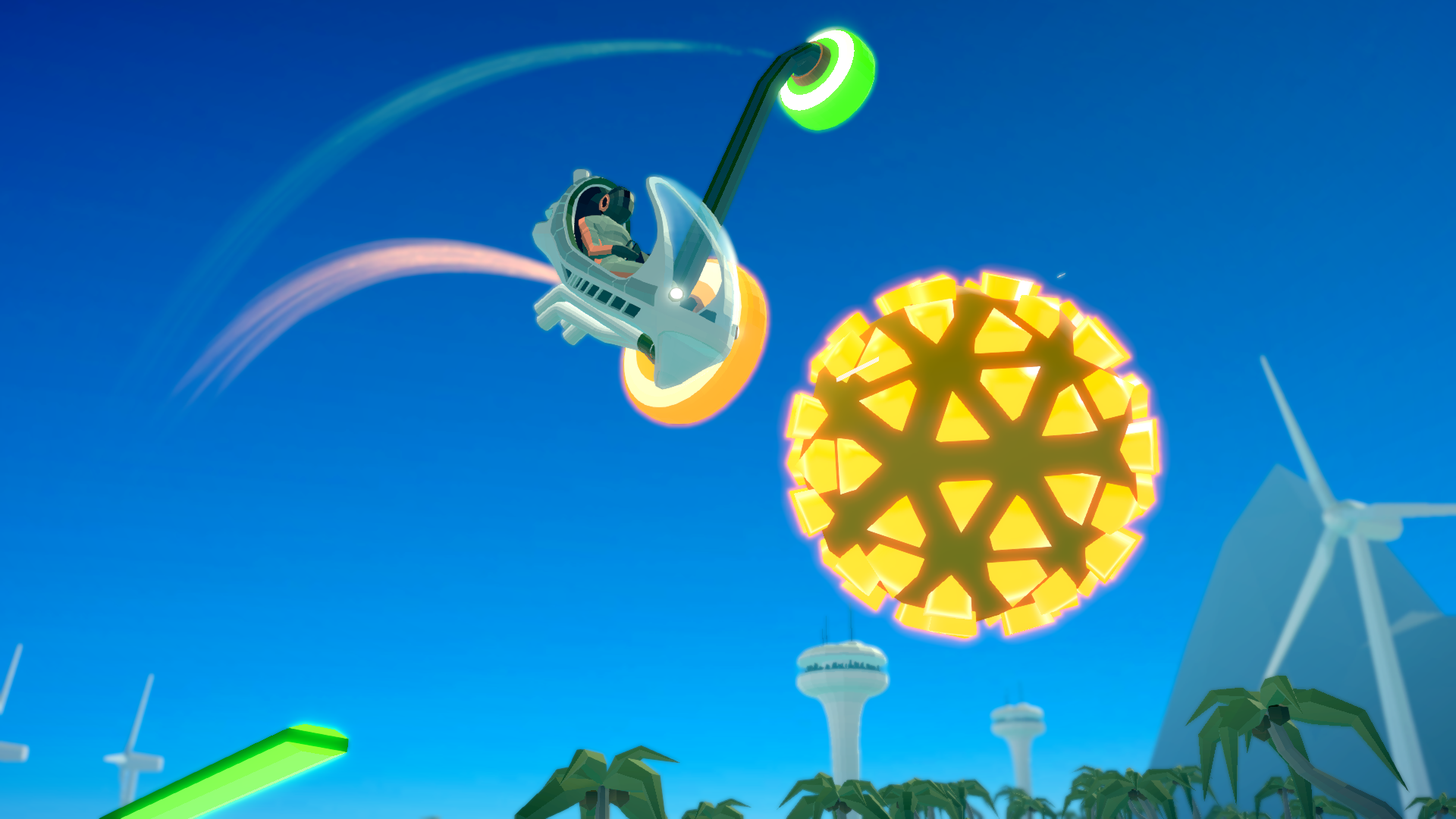
-
FutureGrind Review Jan 2019 #4
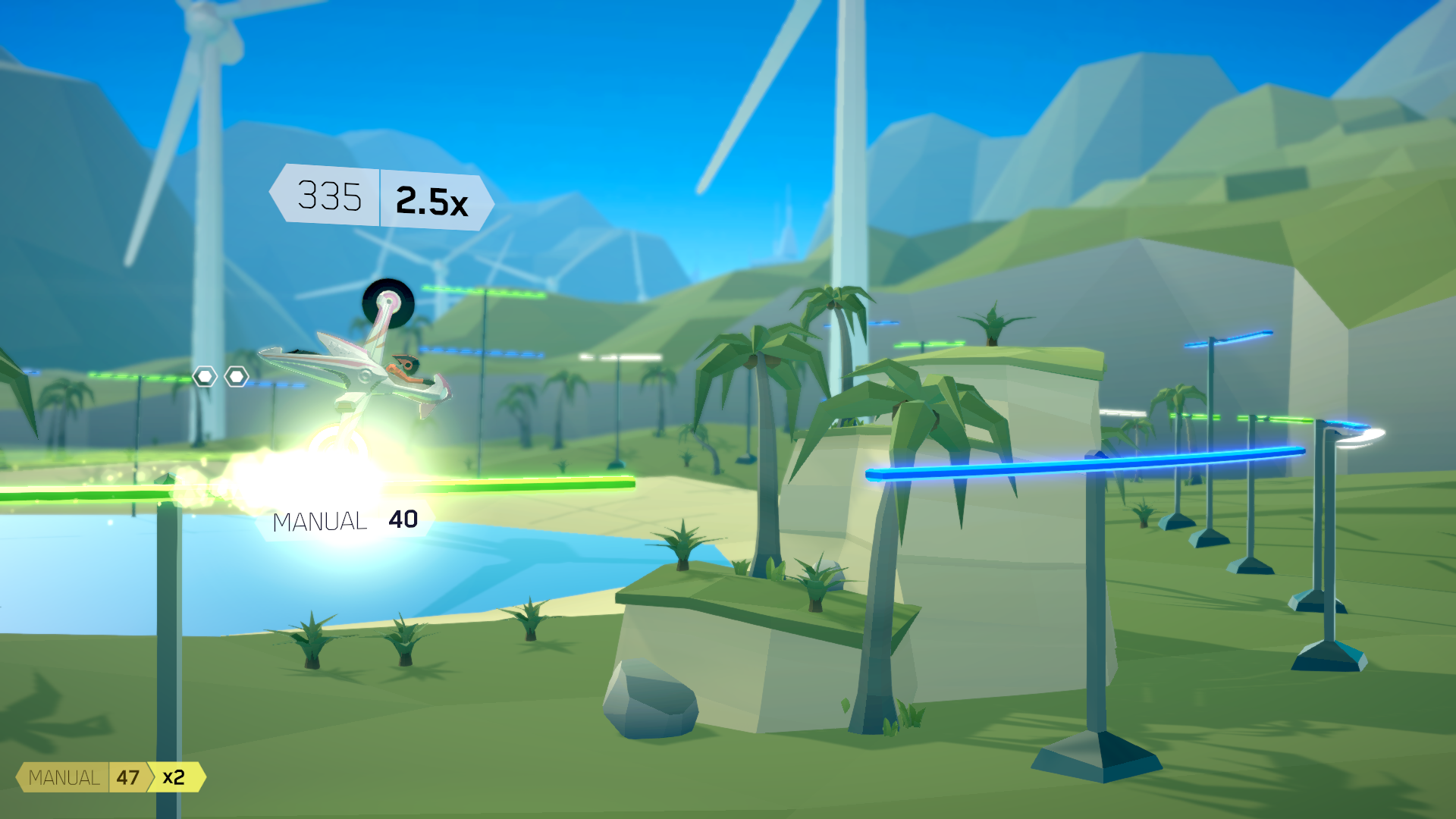
-
FutureGrind Review Jan 2019 #5

-
FutureGrind Review Jan 2019 #6
